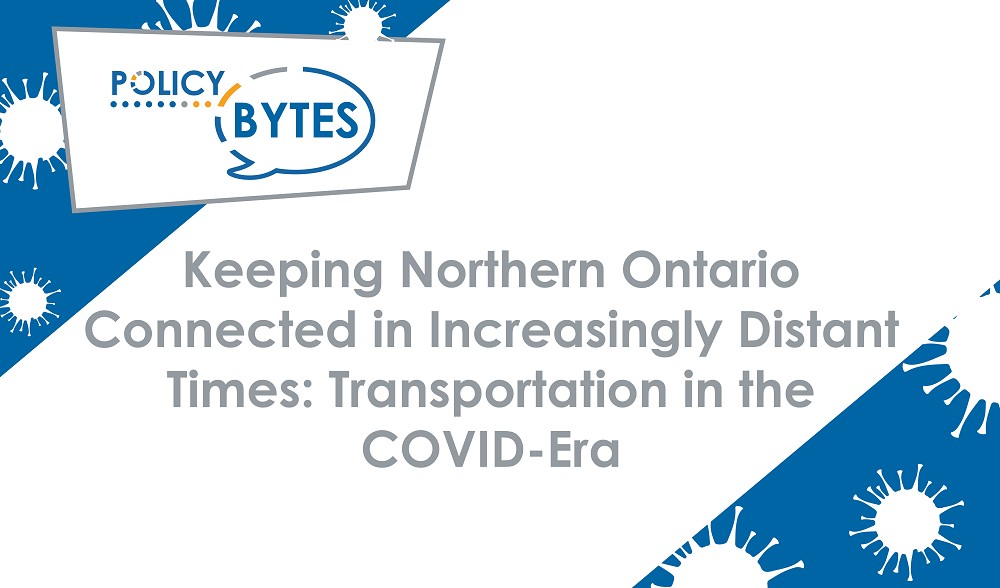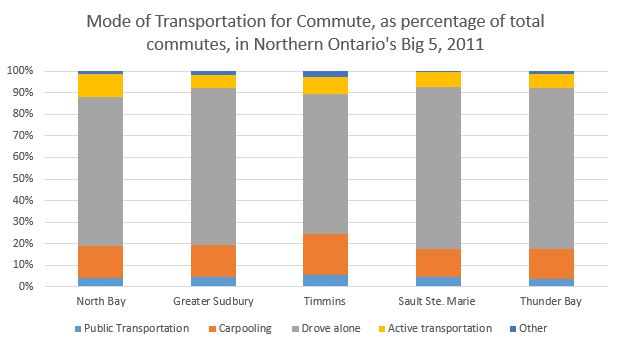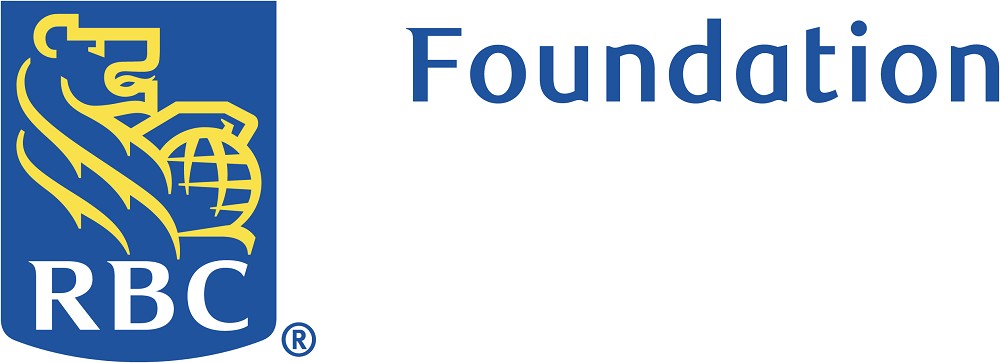Staying Connected in Increasingly Distant Times: Transportation in the COVID-Era
August 4, 2020 - Since February, the COVID-19 pandemic has undone many social fabrics holding communities together. The ability to physically visit friends and family members, as well as go out to different restaurants and businesses, has been severely limited. Our ability to travel locally, regionally, nationally, and internationally is even more restricted. With the implementation of physical distancing guidelines and travel restrictions, inevitably came a decrease in ridership among all transportation modes.

In Ontario’s western and northern regions - a sparse market to begin with - a decrease in ridership forced some companies, such as Porter, Air Canada, and Ontario Northland, to scale back the frequency of some intercity operations. Additionally, many municipally-operated public transportation systems have reduced operating hours, posing a mobility challenge to Northern residents.
COVID-19 and Reduced Mobility
Not every transportation mode is created equal. Some transportation sectors, notably air travel, have been hit the hardest. Terry Bos, the Sault Ste. Marie Airport Corporation’s president and CEO, noted that “just 132 passengers travelled through the airport in April and May, which marks a 99.6 per cent decrease in traffic from the previous year.”
Airports in Northern Ontario are largely not-for-profit entities, relying on passenger fees and air carrier revenue to fund emergency operations, such as medevac flights and water bomber activity, and airport maintenance. Air companies, including Air Canada and Porter Airlines, have both reduced services in Northern Ontario, with Porter suspending operations entirely until late-July, abruptly halting revenue generation for airports.
Additionally, provincially-funded Ontario Northland reduced motor coach services on some routes and temporarily suspended rail passenger service between Cochrane and Moosonee. Renée Baker, spokesperson for Ontario Northland, estimates there are 85 to 90 per cent fewer passengers than usual due to fears of COVID-19.
Though negatively impacting mobility, measures such as suspending rail service to remote communities like Moosonee are primarily for the protection vulnerable on-reserve Indigenous populations. Though the temporary measure was put in place out of heightened concern for vulnerable people in remote communities, the essential nature of the service was not forgotten; the Polar Bear Express resumed routes, with limited frequency and increased precautions, on June 25th.
Northern Ontario, an area already facing the challenges of low connectivity and sparse, inconsistent transportation options, has been heavily impacted by cut-backs to this sector. Train, bus, and plane travel provide essential linkages for communities in Northern Ontario, especially for residents who do not drive. The COVID-19 pandemic did not create these issues, but instead, placed a spotlight on them.
Transportation as an Essential Service
Admittedly, this is a time where mobility is not encouraged. But, on the other hand, the Rural and Northern Health Care Report found that the availability of non-urgent transportation in many rural, remote, and northern areas of the province is limited. Thus, some seniors use available intercity transportation services to get to-and-from medical appointments in regional hubs. Bus companies realized this pre-pandemic, with some providers, such as Ontario Northland, even adding additional daily service to many of the region’s hospitals in an attempt to increase convenience of intercity travel to medical appointments
Now, a decrease in services might mean an intercity bus will only run once a day, which can bring an individual to their medical appointment, but cannot bring them home the same day. Alternatively, a bus which previously ran six days a week can see a reduction to two routes per week.
Moreover, lack of revenue has forced airports to call on the federal government to provide pandemic-related assistance to fund operations like medevac flights, a health-related service which should be prioritized amid COVID-19. Overall, the transportation sector is getting hit hard by the pandemic, and the effects are being felt throughout society.
Public Transit and Essential Workers
Though a decrease in usage perhaps justifies a decrease in operations frequency, many essential, front-line workers need reliable public transport to serve the needs of the community; many shift-workers do not have the luxury of waiting an extra hour for the next bus to take them to their place of employment.
Moreover, prior to COVID-19, a large number of commuters relied on carpooling to get to work. Now, with carpooling and ridesharing discouraged in lieu of physical distancing, public transport could see an uptake in users. Carpooling in public transit, both modes where physical distancing is challenging, comprise approximately 20 per cent of commuters’ mode of transportation. For public transit riders and carpoolers, new health and safety rules and guidelines undoubtedly make a worker’s commute less simple than in pre-COVID times.

As Ontario continues easing pandemic restrictions and more people are returning to workplaces, transit ridership will again increase. Thus, transportation agencies must ensure proper health protocols are followed and the frequency of operations are sufficient to support the workforce as they transition from home to workplace.
There is a balance that must be struck between cutting back operations and continuing to provide essential linkages for front-line workers and those who need access to medical care and groceries.
What next?
Though the effects of COVID-19 on transportation will be felt for years to come, there are important lessons to be learned regarding the funding and availability of transportation in Ontario’s western and northern regions. The main lesson the pandemic has taught is the need for safe and reliable public transportation that connects people to employment opportunities, medical appointments, and other essential services.
Write for us
Mercedes Labelle is a Research Analyst at NPI
Thank you to our Experience North Sponsor 
The content of Northern Policy Institute’s blog is for general information and use. The views expressed in this blog are those of the author and do not necessarily reflect the opinions of Northern Policy Institute, its Board of Directors or its supporters. The authors take full responsibility for the accuracy and completeness of their respective blog posts. Northern Policy Institute will not be liable for any errors or omissions in this information, nor will Northern Policy Institute be liable for any detriment caused from the display or use of this information. Any links to other websites do not imply endorsement, nor is Northern Policy Institute responsible for the content of the linked websites.
Northern Policy Institute welcomes your feedback and comments. Please keep comments to under 500 words. Any submission that uses profane, derogatory, hateful, or threatening language will not be posted. Please keep your comments on topic and relevant to the subject matter presented in the blog. If you are presenting a rebuttal or counter-argument, please provide your evidence and sources. Northern Policy Institute reserves the right to deny any comments or feedback submitted to www.northernpolicy.ca that do not adhere to these guidelines.
